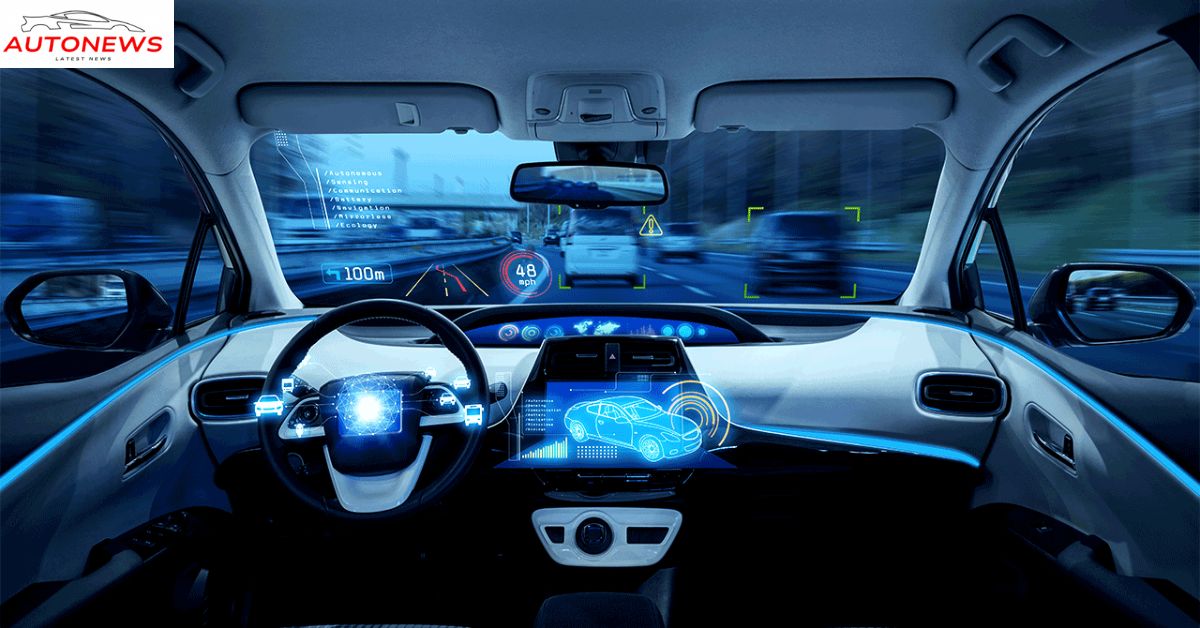The idea of cars that drive themselves once belonged to science fiction, but today, autonomous vehicles (AVs) are rapidly moving from prototypes to public roads. With billions invested by automakers, tech giants, and startups alike, the race toward full autonomy is not only reshaping how we drive—it’s redefining the future of transportation, urban design, and mobility as a whole.
Understanding Autonomous Vehicles
At its core, an autonomous vehicle is equipped with technologies—such as sensors, cameras, radar, and artificial intelligence—that allow it to perceive its surroundings and make driving decisions without human input. The Society of Automotive Engineers (SAE) defines six levels of driving automation, from Level 0 (no automation) to Level 5 (full autonomy, with no steering wheel or pedals).
Currently, most commercial AVs operate around Level 2 or 3, where the car can handle certain driving tasks but still requires human oversight. Companies like Tesla, Waymo, and Cruise are pushing toward Level 4 and beyond, where vehicles can operate in defined conditions without human intervention.
The Benefits: Why the World Wants AVs
One of the most compelling arguments for autonomous vehicles is safety. Human error is responsible for over 90% of traffic accidents. AVs promise to eliminate distractions, drunk driving, fatigue, and other dangerous behaviors. If widely adopted, this could lead to a significant drop in traffic fatalities and injuries.
In addition to safety, AVs could bring about increased mobility for the elderly and disabled, who might otherwise rely on public transit or caregivers. There’s also the potential for reduced traffic congestion, improved fuel efficiency through optimized driving, and more productive commutes as passengers can work or relax instead of focusing on the road.
From a commercial standpoint, self-driving trucks and delivery vehicles could revolutionize logistics and supply chains, improving efficiency and reducing labor costs.
Roadblocks and Reality Checks
Despite the hype, fully autonomous vehicles are not yet ready for widespread deployment—and the road to Level 5 autonomy is proving more complex than initially imagined.
Technological challenges remain formidable. AVs must navigate unpredictable weather, complex urban environments, and countless edge cases that human drivers often manage intuitively. AI still struggles with certain real-world variables, such as erratic pedestrians or unusual construction patterns.
Moreover, the infrastructure needed to support AVs—like high-definition maps, smart traffic signals, and consistent 5G connectivity—is unevenly distributed across cities and countries. Until this changes, the rollout of AVs will likely be confined to well-mapped and controlled areas.
There are also legal, ethical, and regulatory hurdles. Who’s liable in an accident involving an AV? How do you program ethical decisions, like choosing between two harmful outcomes in an unavoidable crash scenario? Legislators and ethicists are still grappling with these questions.
Where Are We Now?
As of 2025, we’re seeing incremental progress. Robotaxi services are operational in select cities, with Waymo and Cruise offering limited rides in cities like San Francisco and Phoenix. Autonomous shuttles are being tested in campuses, airports, and business parks. Some long-haul trucking routes are being piloted with semi-autonomous trucks that require human supervision.
Automakers continue to integrate more advanced driver-assistance systems (ADAS) into consumer vehicles. These include lane centering, adaptive cruise control, and self-parking—features that build public trust and pave the way for greater autonomy.
Looking Ahead: What the Future Holds
The future of AVs will likely unfold in phases, rather than through a sudden leap to full autonomy. In the near term, expect to see autonomous features become increasingly common in private vehicles and commercial fleets. AV adoption may begin in “geofenced” zones—areas where the technology can operate reliably.
In the medium term, autonomous ride-hailing and public transport services could reshape urban mobility, potentially reducing the number of privately owned cars. Cities may see changes in land use, as parking requirements diminish and traffic flow improves.
Looking even further ahead, AVs could spark massive societal changes. Think about smart cities where cars communicate with traffic infrastructure in real time, or roadways that are optimized for machines rather than humans. Car ownership models could shift toward shared, subscription-based services, drastically reducing the need for personal vehicles.
Conclusion
The journey toward a driverless future is well underway, but it’s not without its bumps. Technological, regulatory, and ethical challenges remain. Yet the potential benefits—in safety, efficiency, mobility, and sustainability—make autonomous vehicles one of the most transformative innovations of our time.
We may not yet live in a world where you can take a nap in your car while it drives you to work, but that day is getting closer. Whether it arrives in five, ten, or twenty years, one thing is clear: the future of transportation is autonomous, and it’s approaching faster than you might think.

